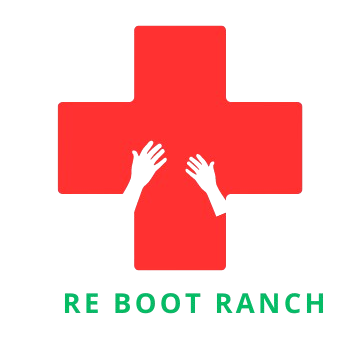Fashion History: Key Movements That Shaped Style
Fashion is an intricate tapestry woven from threads of creativity, culture, and personal expression. It transcends mere clothing, encompassing an entire lifestyle and reflecting the zeitgeist of different eras. From haute couture to street style, fashion is a powerful medium through which individuals convey their identity and values.
The Power of Self-Expression
At its core, fashion is a form of self-expression. What we wear communicates our personality, mood, and even our beliefs. For some, clothing is a canvas for creativity, allowing for experimentation with colors, patterns, and textures. The choice of attire can evoke confidence and showcase individuality, making fashion an essential part of daily life.
Historical Evolution
The history of fashion is rich and varied, tracing back thousands of years. Each era has its distinctive styles influenced by cultural, social, and economic factors. The opulence of the Renaissance, the practicality of the Industrial Revolution, and the counterculture movements of the 20th century all shaped what people wore. These historical contexts inform contemporary fashion, highlighting how trends often recycle or reinterpret past styles.
Current Trends and Influences
Today, fashion is more accessible than ever, thanks to the rise of social media. Platforms like Instagram and TikTok have given rise to influencers who set trends and inspire millions. Fast fashion brands have capitalized on this phenomenon, producing affordable, trendy pieces at a rapid pace. However, this has sparked conversations about sustainability and ethical practices within the industry.
Consumers are increasingly aware of the environmental impact of their choices, leading to a growing interest in sustainable fashion. Eco-friendly materials, ethical labor practices, and upcycled clothing are gaining traction, reflecting a collective desire for responsibility in fashion consumption.
The Role of Fashion Weeks
Fashion weeks in cities like New York, Paris, and Milan play a crucial role in shaping industry trends. These events showcase the latest collections from top designers and emerging talents, setting the stage for what will be fashionable in the coming seasons. Fashion shows are not just about clothing; they are artistic performances that combine music, visuals, and storytelling, captivating audiences and generating excitement.
Cultural Representation
Fashion also serves as a reflection of cultural identity. Traditional garments often tell stories of heritage, beliefs, and community values. As globalization increases, cultural exchanges influence contemporary fashion, leading to the blending of styles and traditions. However, this also raises important questions about cultural appropriation and the need for sensitivity when borrowing elements from different cultures.
The Future of Fashion
Looking ahead, the future of fashion seems poised for transformation. Innovations in technology, such as virtual reality and augmented reality, are https://congregationemanuel.us enhancing the shopping experience. Personalized shopping experiences and AI-driven recommendations are becoming commonplace, making it easier for consumers to find styles that resonate with them.
Additionally, the push for inclusivity is reshaping the industry. Brands are expanding their size ranges and celebrating diversity in their marketing campaigns, recognizing that fashion should be accessible to everyone.
Conclusion
Fashion is a dynamic and ever-evolving form of expression that reflects individual identity and societal values. It is a blend of creativity, history, and cultural significance, constantly influenced by the world around us. As we navigate the complexities of modern fashion, the emphasis on sustainability, inclusivity, and innovation will play a pivotal role in shaping the industry’s future. Ultimately, fashion will continue to inspire, challenge, and connect us, making it an enduring aspect of human culture.
